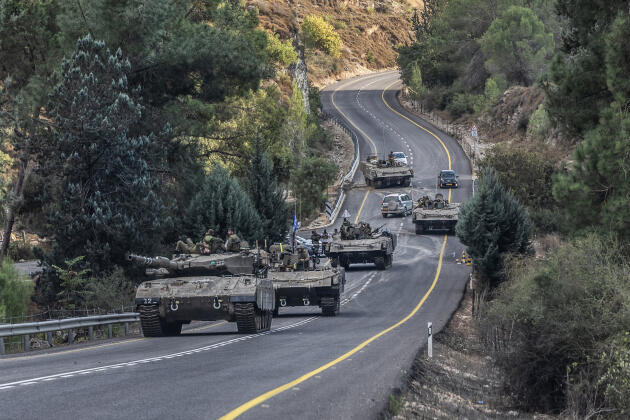Tunnel Vision at the UN
A year has passed since Israel and Gaza last went to war but one of the war’s most important lessons has yet to be learned. In its much anticipated report on last summer’s Operation Protective Edge, a commission appointed by the UN Human Rights Council virtually ignored the main precipitant and tactical breakthrough of the war: underground warfare.
Tunnels are by no means confined to the Gaza Strip: most Western states have had to contend with subterranean warfare in the past decade, from the mountains of Northern Mali to Libya and Afghanistan. Aware of the growing threat, the US has recently moved forward two legislative initiatives designed to increase military preparedness in relation to underground warfare. In an age of satellites, UAVs and sophisticated signals intelligence, underground warfare has reemerged as a strategic equalizer between modern militaries and poorly equipped but highly motivated armed groups.
In its Gaza report, the Human Rights Council’s commission had an opportunity to address this concerning trend for the first time. But rather than acknowledging tunnels for the threat they have become – indeed the ascendance of tunneling tactics represents a paradigm shift in modern warfare – the commission treated the tunnels built by Hamas as a mere anecdotal detail without any real operational or legal significance.
Underground warfare, in Gaza, Iraq or elsewhere, affects military operations in deep and significant ways. The use of tunnels impedes the ability to distinguish between civilians and combatants and endangers civilian facilities under which tunnels burrow (homes, hospitals, schools). War underground significantly hampers the collection of intelligence and exposes forces to heightened risks as soldiers need to search and seal tunnel openings as well as record vital information about tunnels’ routes, contents, and construction – all while fully exposed to enemy fire. Tunnels also increase the likelihood of kidnappings, a particularly sensitive issue in Israel where kidnapping through tunnels has forced the release of hundreds of imprisoned terrorists. And of course cross-border tunnels facilitate undetected infiltrations.
But none of this is acknowledged by the commission’s report.
The Human Rights Council report only addressed one, albeit key feature of underground warfare: the psychological impact it has on the civilian population when tunnels are located in proximity to urban areas. The report stressed the sense of insecurity, anxiety and fear the tunnels caused to Israeli civilians, particularly given the tunnels’ location “close to residential areas.” Yet it falls short of drawing any legal conclusions as to the legality of the tunnels or their use.
In a weak and flawed analysis, and despite the repeated references to the tunnels’ threat vis-à-vis civilians, the commission of inquiry concludes that it “cannot conclusively determine the intent of Palestinian armed groups with regard to the construction and use of these tunnels.” The report goes on to observe that “during the period under examination, the tunnels were only used to conduct attacks directed at IDF positions in Israel in the vicinity of the Green Line, which are legitimate military targets.”
The report’s only substantive finding in relation to Hamas’ tunnels thus legitimizes – without reservation – a subterranean threat that violates Israel’s territorial sovereignty, and has been used to terrorize Israeli border communities and carry out operations in blatant violation of the laws of war (when Hamas operatives emerged out of a tunnel on Israeli territory wearing IDF uniforms, for example).
The very fact that they pose a threat to the civilian population could (should?) have been sufficient for the commission to condemn them. Numerous international instruments and states’ military manuals prohibit acts or threats of violence the primary purpose of which is to spread terror among the civilian population. The report should also have condemned the well-documented presence of tunnel shafts under or near civilian buildings – which exposes civilians on both sides to inevitable danger.
By ignoring the strategic significance of tunnel warfare the UN Human Rights Council once again missed an opportunity to contribute constructively to the fight against rogue actors who, as part of their strategy, violate the law and endanger civilians. With ISIS building intricate underground tunnel complexes in Syria, Iraq and, most recently, along the Syria-Turkish border, there is little doubt that the anecdotal treatment of tunnels and the limited and hasty legal conclusions reached by the commission will resonate far beyond the limited context (and battlefield) in which they were adopted.






